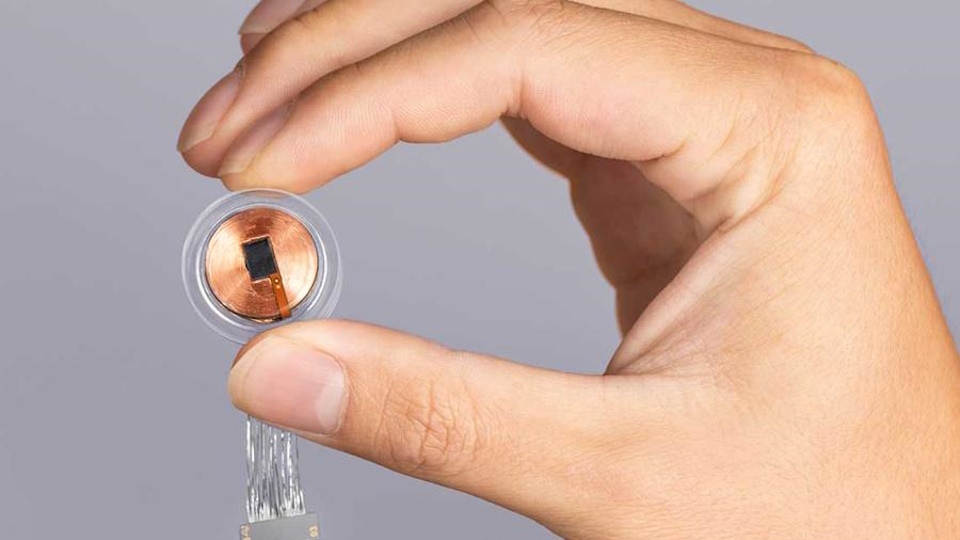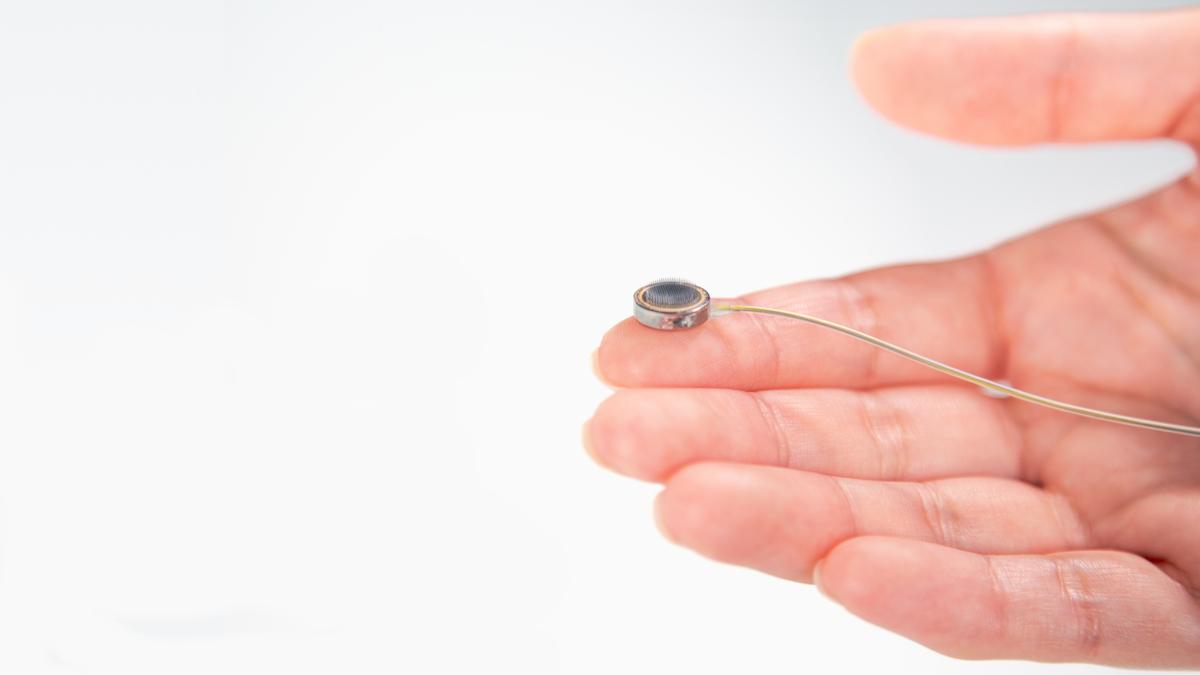First human subject receives a Neuralink brain implant

Elon Musk’s Neuralink company has said it has implanted its wireless brain implant device into a human being for the first time, following FDA approval of clinical trials last year.
In a series of updates on X (formerly Twitter), Musk said there had been promising signs of “neuron spike detection” in the individual – suggesting the device had been implanted correctly – and that they were recovering well from the surgical procedure.
The PRIME trial aims to show that the implant can act as a hands-free interface between the brain and electronic devices, controlling them with thoughts alone, with an early application expected to be the treatment of complex neurological conditions, such as paralysis.
Other potential uses previously discussed for the technology include restoration of sight in people who are blind and improving on existing deep brain stimulation therapy for Parkinson’s disease.
The FDA gave a green light for the start of human testing after initially being reticent about the technology – now renamed from Link to Telepathy – with concerns about the safety of the device and implantation process,
Musk – who owns Neuralink, as well as Tesla, SpaceX, and X – said the device “enables control of your phone or computer, and through them almost any device, just by thinking. Initial users will be those who have lost the use of their limbs. “
He added: “Imagine if Stephen Hawking could communicate faster than a speed typist or auctioneer. That is the goal.”

The Telepathy brain-computer interface (BCI) relies on the use of 64 micron-scale threads that are inserted into areas of the brain that control movement or receive sensory information, with each thread containing multiple electrodes that can detect neural signals. The threads are so fine that they have to be implanted using a surgical robot.
While Musk’s association with Neuralink ensures the company’s efforts hit the headlines around the globe, the company is not the first to implant a BCI device into human subjects.
That accolade went to Blackrock Neurotech, which first tested its BCI in humans way back in 2004 and has implanted devices in dozens of people since then.
The company says its “BCI pioneers” have been able to type at up to 90 characters per minute, send emails, operate robotic arms, and eat or drink using a computer-controlled feeding tube, just by thinking.
Other rivals include Paradromics, which has said it plans to start trials of its Connexus Direct Data Interface in the first half of this year, and Precision Neuroscience – co-founded by former Neuralink executive Benjamin Rapoport – which temporarily implanted its first device in a patient last year.
Another company called Synchron has already published safety data from a first-in-human pilot study in four patients with severe paralysis who received their Stentrode device, saying that it is possible to use the device to transmit neural signals from inside a blood vessel in the brain over a long-term period without any serious adverse events.













